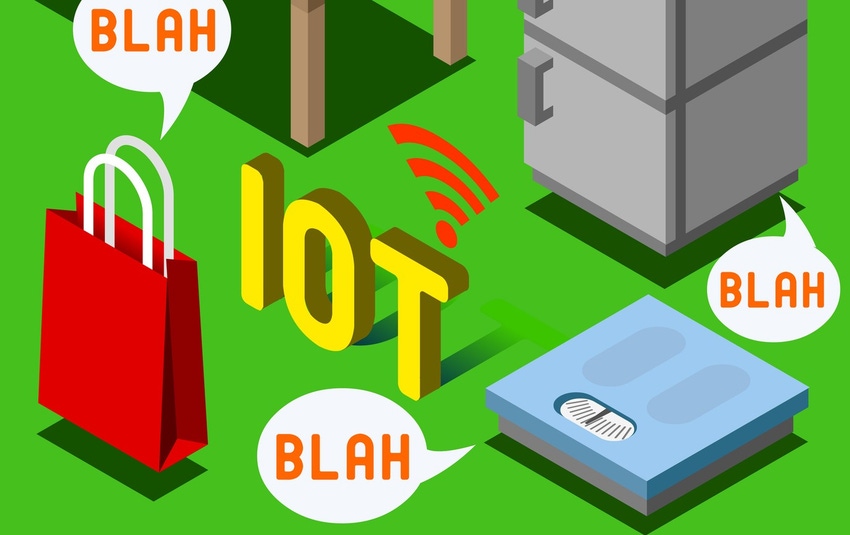US telcos AT&T and Sierra Wireless have announced they will be trying out LTE-M tech in San Francisco later this year with a view to hastening the use of LTE for IoT.
September 1, 2016

US telcos AT&T and Sierra Wireless have announced they will be trying out LTE-M tech in San Francisco later this year with a view to hastening the use of LTE for IoT.
LTE-M, previously known as Cat M1, is not to be confused with NB-IoT – another evolution of licensed spectrum technology in the IoT direction that is receiving a lot of attention from the likes of Vodafone – and is a more direct repurposing of LTE for this use. As such it may constitute a more immediate IoT win for the likes of AT&T and Sierra.
“Our work with Sierra Wireless will help drive the benefits of LTE-M to a broad range of businesses and industries,” said Chris Penrose, SVP, Internet of Things Solutions, AT&T. “Our customers that use industrial, Smart Cities and wearable solutions are eager to tap into these new tools.”
“Millions of new IoT devices and services require low-power, low-cost cellular connectivity, which Low Power Wide Area technologies like LTE-M are designed to deliver,” said Dan Schieler, SVP, OEM Solutions, Sierra Wireless. “This pilot will show how LTE-M will connect a new generation of IoT applications.”
Claiming it as a ‘first’ Verizon has also announced it will be deploying the technology, but insists on referring to it as LTE Cat M1 as well as liberal using terms such as ‘game-changer’ and issuing veiled threats to proprietary IoT network technologies such as Sigfox.
“Up until now, the cost to connect devices to a wide-area network has been a barrier to widespread IoT,” said Rosemary McNally, VP of Mobile Devices & OS Technology at Verizon. “By evolving our device ecosystem to include Cat M1, we’re aligning Verizon’s 4G LTE network to the needs of future IoT deployments. We are also taking direct aim at emerging low power wireless access (LPWA) solutions, which have entered the U.S. market, but do not offer the same level of scale, coverage and security as LTE.”
About the Author(s)
You May Also Like








.png?width=300&auto=webp&quality=80&disable=upscale)


_1.jpg?width=300&auto=webp&quality=80&disable=upscale)


.png?width=800&auto=webp&quality=80&disable=upscale)